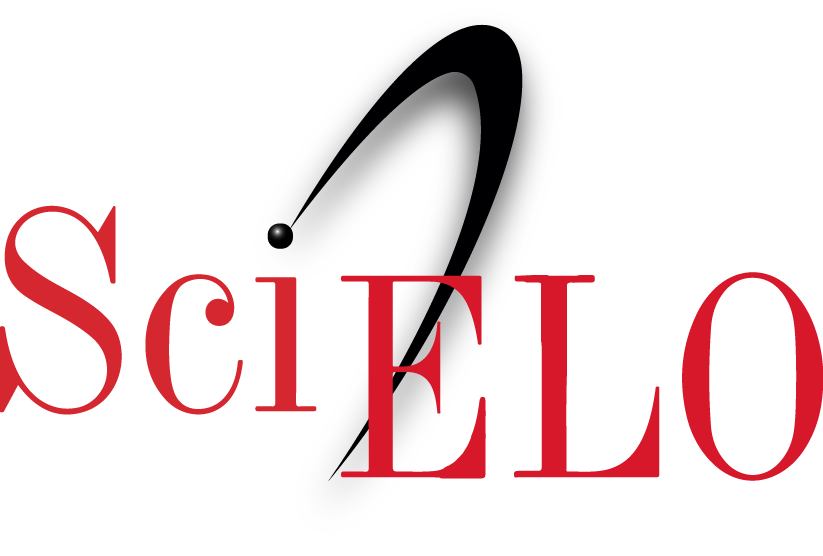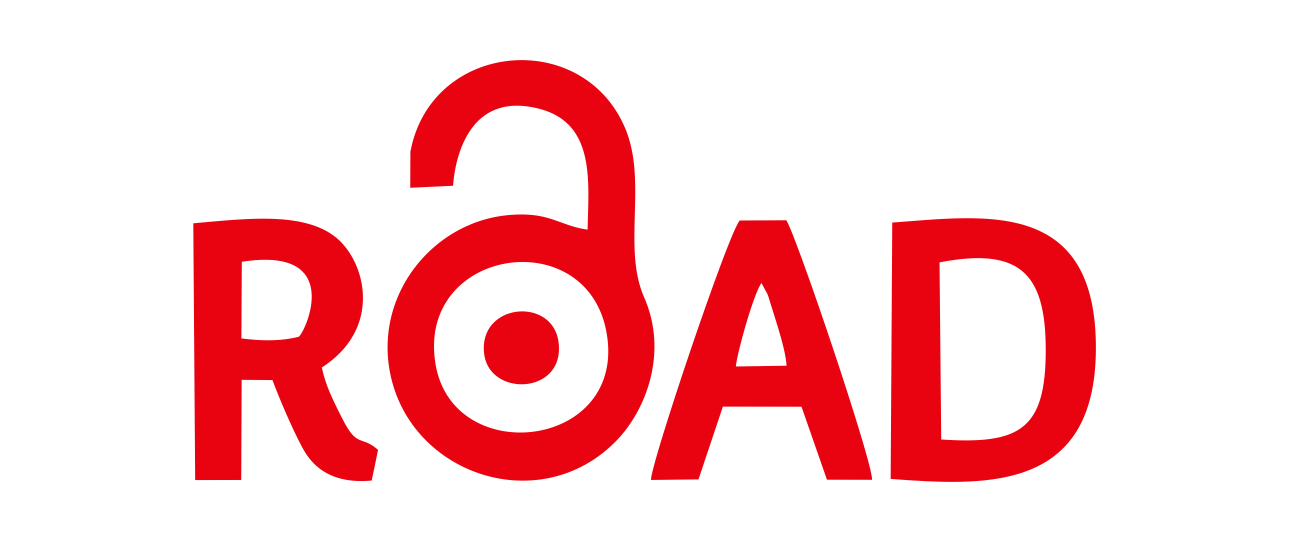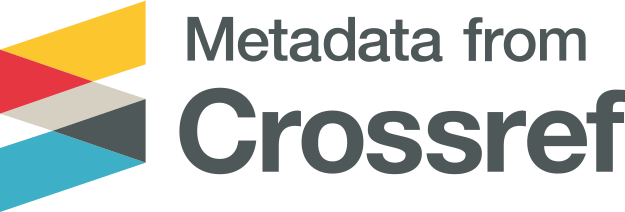Una exploración empírica de las heterogeneidades geográficas en la informalidad de los mercados laborales y efectos del salario mínimo
Palabras clave:
Salario mínimo; Informalidad; Heterogeneidades regionales; Argentina.Resumen
Los mercados laborales duales, definidos por la existencia o la inexistencia de un contrato laboral formal, son una característica extendida en los países en desarrollo. Parte de esta dualidad resulta de marcadas asimetrías entre grupos y categorías relevantes, para una regulación principalmente ciega en términos espaciales. Este artículo propone una exploración de la relación entre informalidad y el salario mínimo como una fuente potencial de identificación de efectos heterogéneos entre regiones de Argentina de una regulación laboral homogénea. Los resultados obtenidos apoyan la existencia de heterogeneidades marcadas en los efectos entre las regiones del centro y las periféricas. La distribución de salarios y el nivel de cumplimiento con las regulaciones de salario mínimo asociado son las principales variables de interés con efectos más marcados en regiones del norte argentino. Estas son robustas a diversas especificaciones y controles asociados a diferencias interregionales (niveles educativos, tamaño de las empresas, diferencias sectoriales, entre otras). Estos resultados tienen implicaciones importantes dadas las persistentes heterogeneidades relevantes, en términos del funcionamiento de los mercados y las políticas relacionadas.Citas
Adam, C. and E. Buffie (2020). The Minimum Wage Puzzle in Less Developed Countries: Reconciling Theory and Evidence. WP/20/23 IMF Working Paper Research Department.
Bentolila, S., J. Dolado, and J. Gimeno (2019). Dual Labour Markets Revisited. Centro De Estudios Monetarios Y Financieros. Working paper 1902.
Brown, C. (1999). Minimum wages, employment, and the distribution of income. In: Ashenfelter, O., Card, D. (Eds.), Handbook of Labour Economics. Elsevier Science, North-Holland, pp. 2101–2163. Amsterdam; New York and Oxford.
Card, D., and A. Krueger (1995). Myth and measurement: the new economics of the minimum wage. Princeton University Press, Princeton.
Chetty, R., Friedman, J. N., and Saez, E. (2013). Using Differences in Knowledge across Neighborhoods to Uncover the Impacts of the EITC on Earnings. American Economic Review, 103 (7): 2683-2721.
Djankov, S., La Porta, R., Lopez-de-Silanes, F. and Shleifer, A. (2002). The Regulation of Entry. The Quarterly Journal of Economics, 117, issue 1, p. 1-37.
Doruk C., Dube, A., Lindner, A. and Zipperer, B. (2019) The Effect of Minimum Wages on Low-Wage Jobs. The Quarterly Journal of Economics, 134, (3): 1405–1454.
Ferrero, Lucas (2019). Régimen fiscal y desempeño regional. 2019. Working Paper 122. Consejo Económico y Social del Chaco.
Jales, Hugo (2018) Estimating the effects of the minimum wage in a developing country: A density discontinuity design approach. Journal of Applied Econometrics. 33 (1).
Jacobsen Kleven, H. (2016) Bunching. Annual Review of Economics. Vol. 8:435-464.
Krugman P. and Venables A. (1990). Integration and the competitiveness of peripheral industry. In Bliss C. and Braga De Macedo J. (eds), Unity with diversity in the European economy: The Community’s Southern frontier. Cambridge University Press.
Lee, D. S. and Lemieux, T. (2010) Regression Discontinuity Designs in Economics. Journal of Economic Literature, 48 (2): 281-355.
Lewis, W. (1954). Economic development with unlimited supplies of labour. Manchester School 22, pp. 139-191.
Meghir, C., R. Narita, and J. Robin (2015). Wages and Informality in Developing Countries. American Economic Review, 105 (4): 1509-46.
Melitz, M. (2003). The Impact of Trade on Intra-Industry Reallocations and Aggregate Industry Productivity. Econometrica, Vol. 71, No. 6. (Nov., 2003), pp. 1695-1725.
Monras, J. (2019). Minimum Wages and Spatial Equilibrium: Theory and Evidence. Journal of Labor Economics. Volume 37, Number 3. July 2019.
Obstfeld, M. and Peri G. (1998). Regional Non-Adjustment and Fiscal Policy. Economic Policy: A European Forum (April) pp. 205–47.
Oviedo, A. M., Thomas, M. R. and Karakurum-Özdemir, K. (2009) Economic Informality. Causes, Costs, and Policies—A Literature Survey. World Bank Working paper 167.
Pérez P., J. (2020). The minimum wage in formal and informal sectors: Evidence from an inflation shock. World Development. Volume 133, 104999.
Persson, T. and Tabellini G. (1996). Federal Fiscal Constitutions: Risk Sharing and Redistribution. Journal of Political Economy. University of Chicago Press, vol. 104(5), pages 979-1009.
Saez, E. (2010) Do Taxpayers Bunch at Kink Points?” American Economic Journal: Economic Policy, (2) 180–212.
Publicado
Cómo citar
Número
Sección
Licencia
Derechos de autor 2021 Lucas Ferrero, Matías HisgenAtribución-NoComercial 2.5 Argentina (CC BY-NC 2.5 AR)
Usted es libre de:
- Compartir - copiar y redistribuir el material en cualquier medio o formato
- Adaptar - remezclar, transformar y construir a partir del material
La licenciante no puede revocar estas libertades en tanto usted siga los términos de la licencia
Bajo los siguientes términos:
- Atribución - Usted debe dar crédito de manera adecuada, brindar un enlace a la licencia, e indicar si se han realizado cambios. Puede hacerlo en cualquier forma razonable, pero no de forma tal que sugiera que usted o su uso tienen el apoyo de la licenciante.
- NoComercial - Usted no puede hacer uso del material con propósitos comerciales.
- No hay restricciones adicionales - No puede aplicar términos legales ni medidas tecnológicas que restrinjan legalmente a otras a hacer cualquier uso permitido por la licencia.
Avisos:
No tiene que cumplir con la licencia para elementos del material en el dominio público o cuando su uso esté permitido por una excepción o limitación aplicable.
No se dan garantías. La licencia podría no darle todos los permisos que necesita para el uso que tenga previsto. Por ejemplo, otros derechos como publicidad, privacidad, o derechos morales pueden limitar la forma en que utilice el material.




















